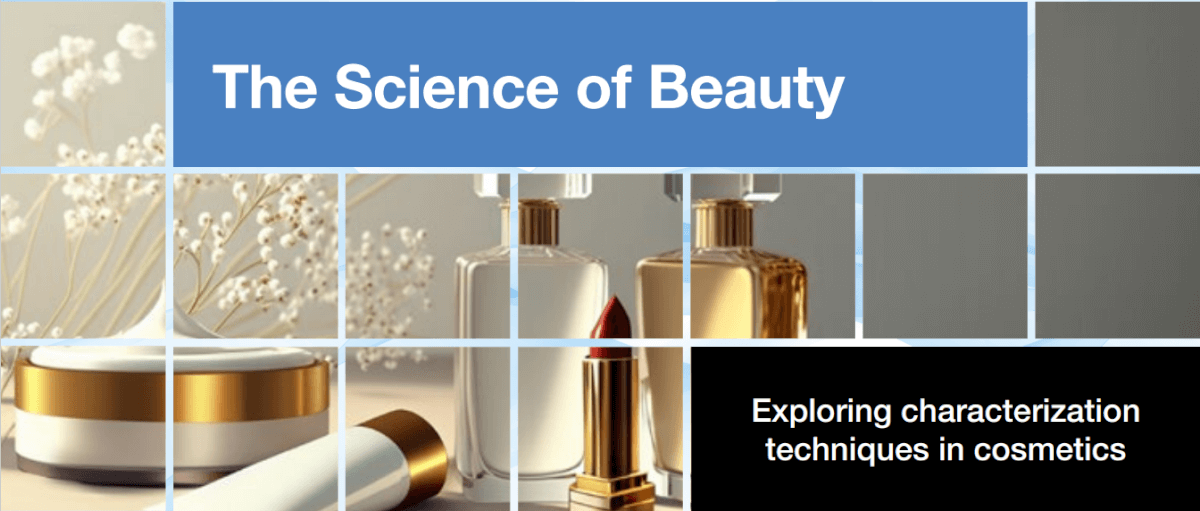Cosmetics products have become essential goods in life as they can enhance an individual’s overall appearance and thereby have a positive impact on well-being. Manufacturers offer a large variety of products, including skin care and hair care.
Products formulated with natural derived ingredients are gaining more popularity owing to their safe and non-toxic nature, and regulatory drivers (REACH, ban of animal testing, paraben-free, organic products, no toxic chemicals, no synthetic fragrance or colors) are pushing the cosmetics industry to innovate.
We note also that the demand for eco-friendly products increases, and manufacturers must provide more and more sustainable packaging solutions to reduce carbon footprint.
How to improve cosmetic products?
Evaluating the impact of skincare products on the skin is crucial for assessing their effectiveness, ensuring safety, and enabling targeted delivery. This evaluation requires a good understanding of skin structure, and contributes to the overall well-being of individuals. In addition to the skin, there is a need for a deeper understanding of the structural and compositional changes that occur in hair under different circumstances. Prior to the evaluation step, the properties of raw materials should be carefully characterized, and their formulation optimized to ensure that they meet the highest standards of safety and quality.
HORIBA’s instruments can help with all these aspects to improve the performance of your cosmetic products.
Unleashing the potential in diverse domains
In-vivo and ex-vivo evaluation
- Endogenous markers:
Water, lipids, proteins, natural moisturizing factors
Tryptophan, porphyrin, collagen, melanin - Cosmetic devices: Microneedles, patches, blue light
- Penetration of active molecules or nanoparticles
- Surface deposits
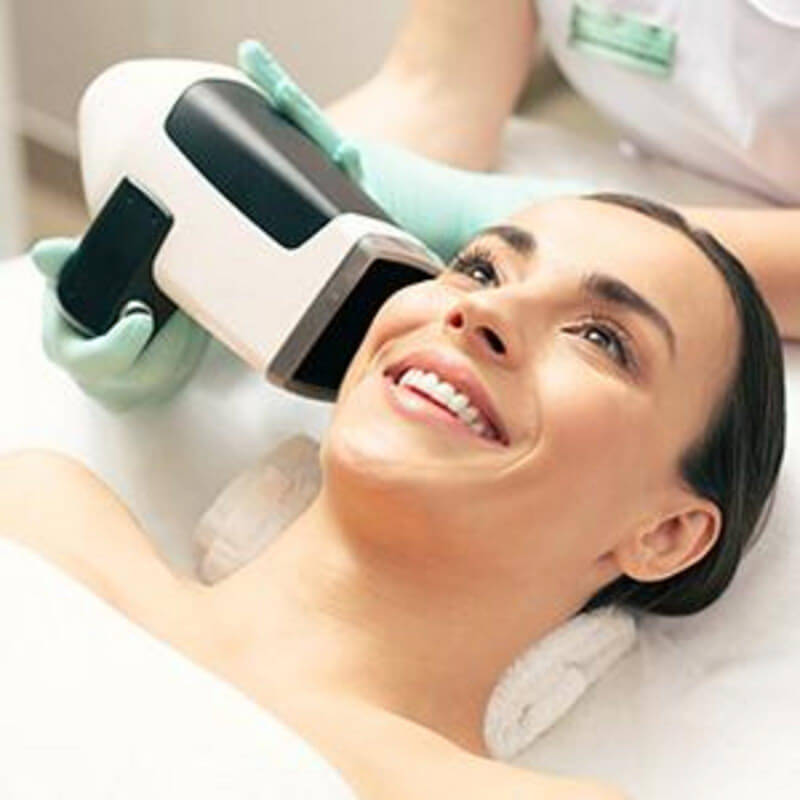
Skin knowledge
- Impact of external factors: Pollution, UV
- Chrono-photo-aging, hydration
- Cell models, reconstructed skin, explants
- Biofilms, lipidic films
- Surface properties: Roughness, adhesion, molecular composition, coatings
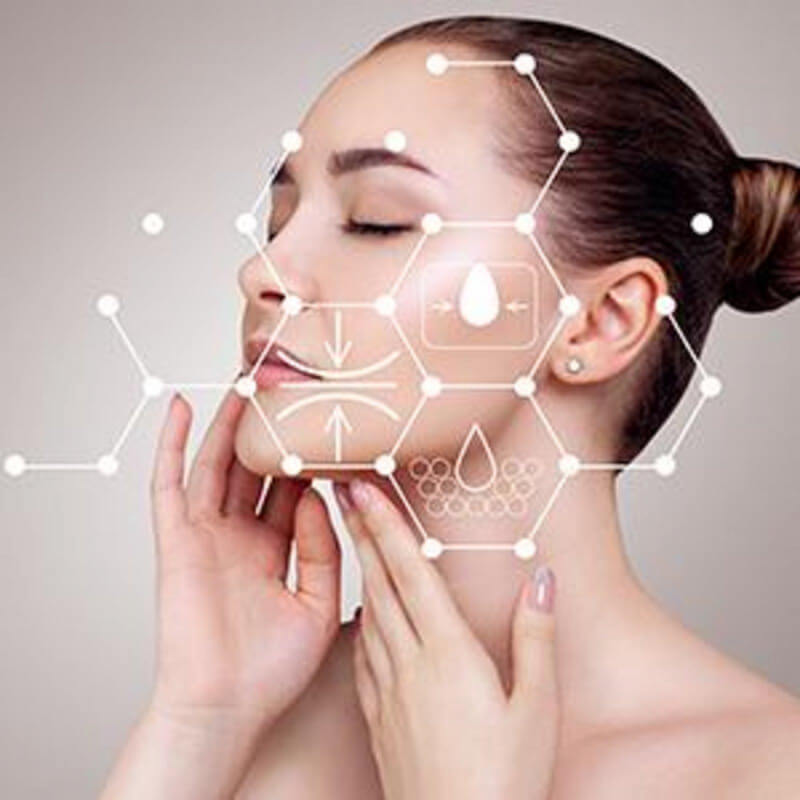
Hair chemistry
- Effect of treatments: coloring, shampoos, masks and oils
- Impact of routines: ironing, chemical straightening, bleaching
- Environmental factors: humidity, sun exposure, ozone, metal content
- Hair chemistry: keratin, sebum, melanin, water
- Active penetration: cuticle, cortex, medulla
- Surface functionalization and coatings
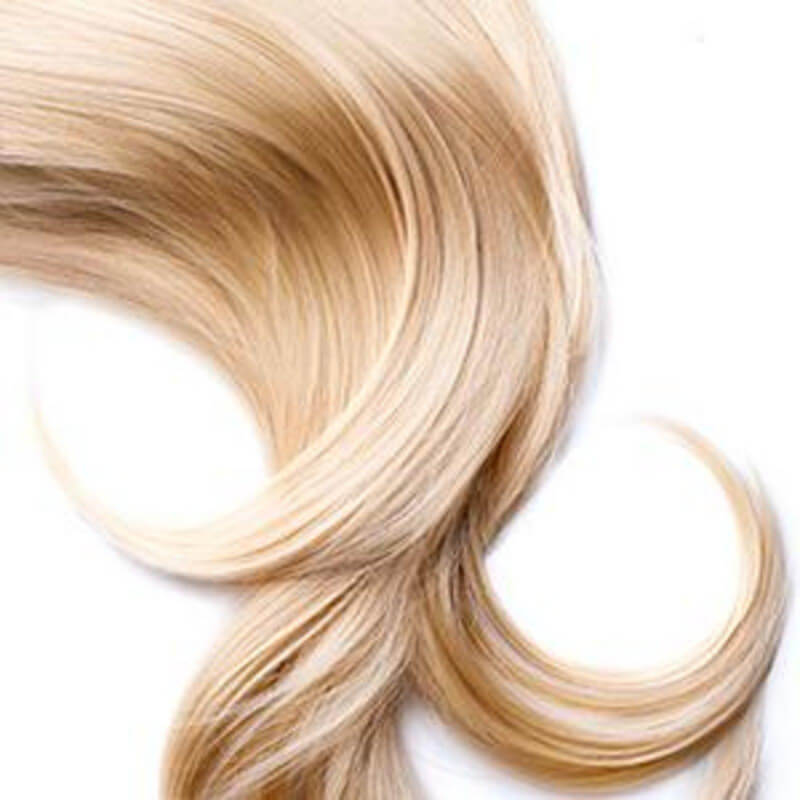
Raw materials
- Size distribution and zeta potential
- Molecular and elemental composition
- Quality control: Adulteration, origin, impurities, active molecule concentration, REACH
- For small molecules, nanoparticles, polymers, lipids, proteins
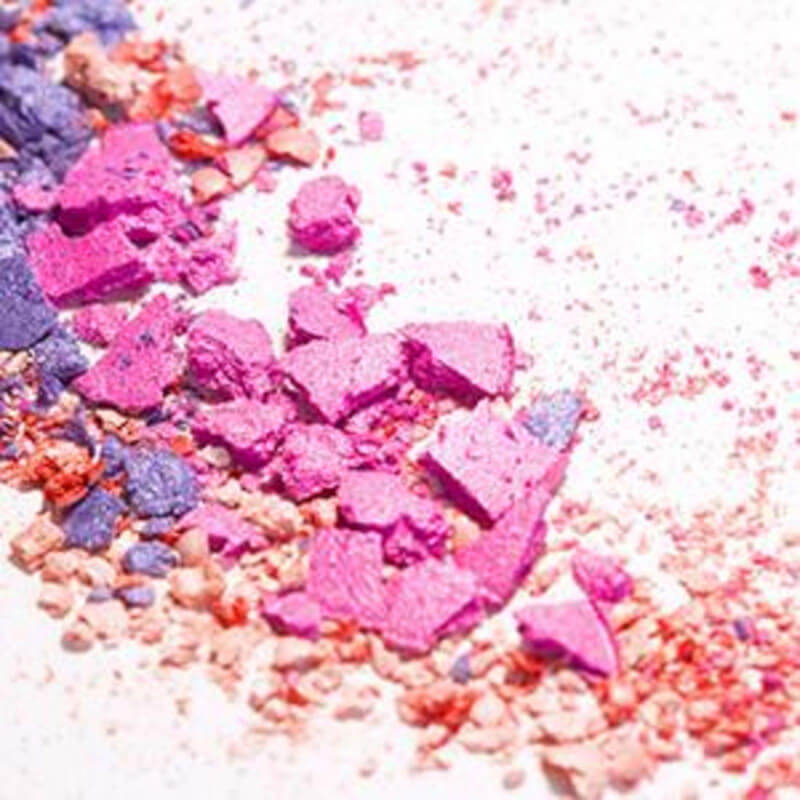
Formulation
- Spreading, film homogeneity
- Size of domains, particles spatial distribution
- Interaction with packaging, stability
- Micro-nanoemulsions, micelles
- Encapsulation and loading with delivery systems: Liposomes, capsules, microspheres
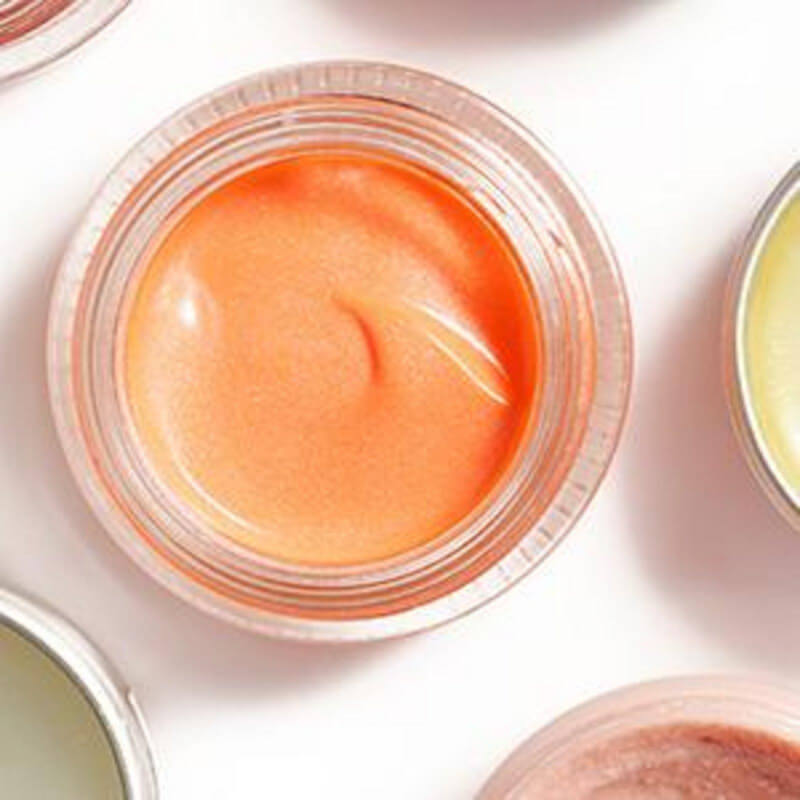
Contact us to know more about HORIBA instruments for cosmetics reasearch and applications!

